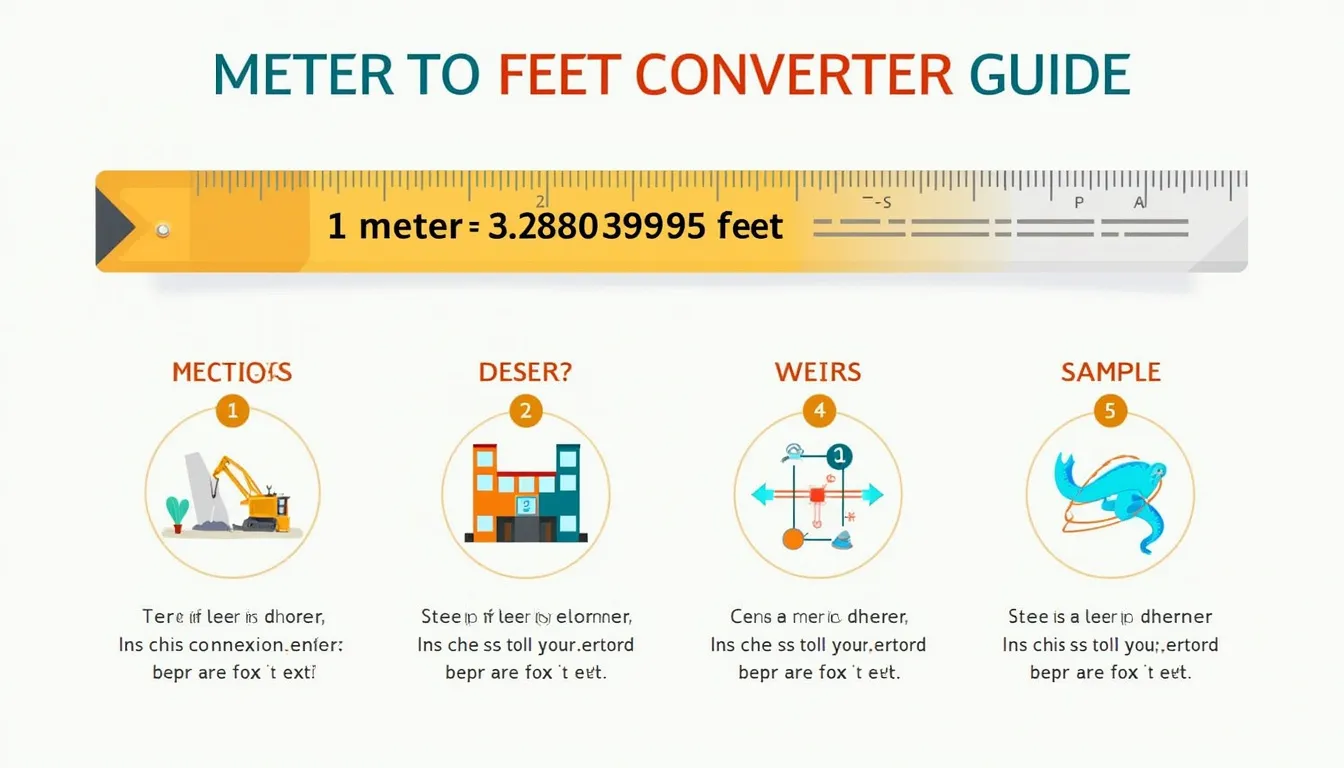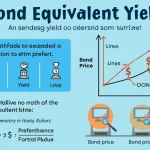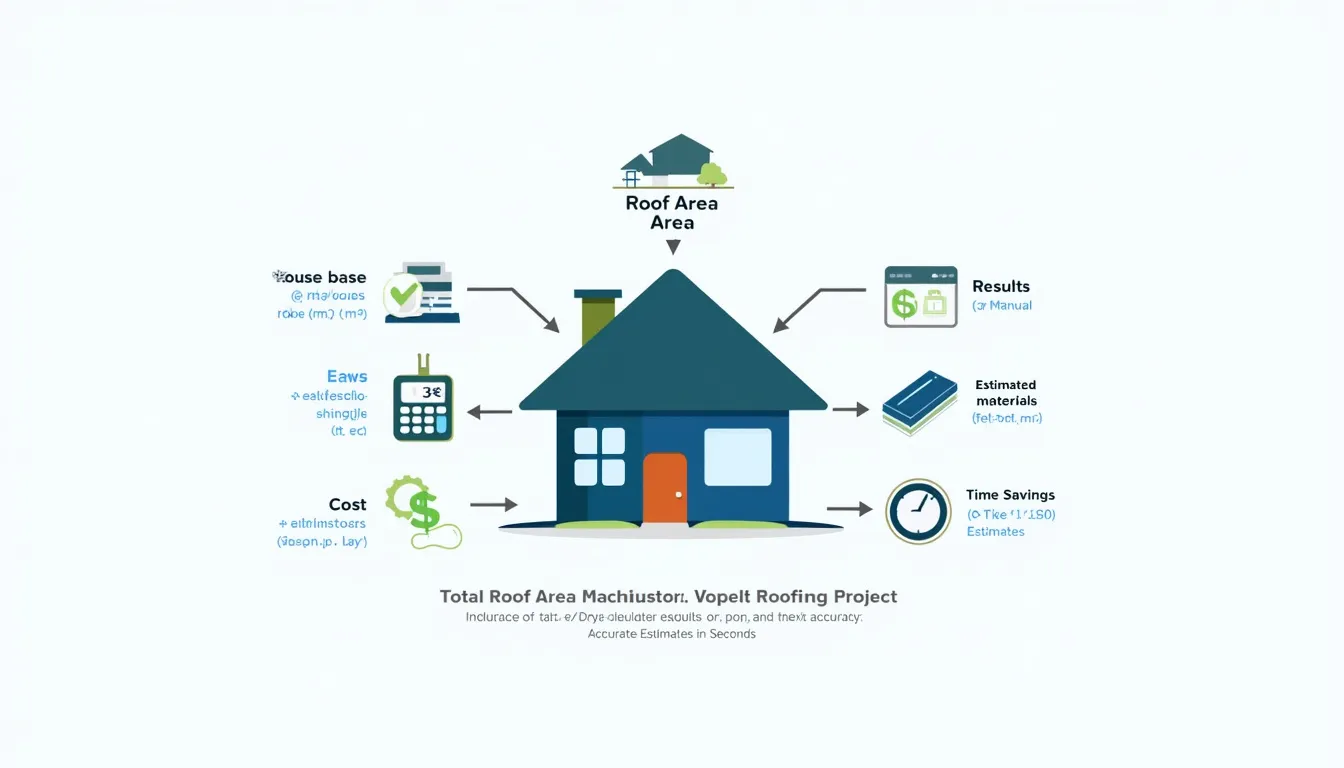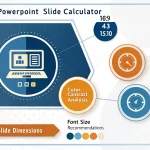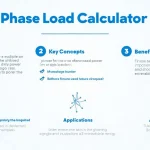Meter to Feet Converter
Is this tool helpful?
How to use the tool
- Enter length in meters. Example inputs: 9.8 m or 0.65 m.
- Select decimal places (2 – 5). More places give greater precision.
- Press “Convert”. The display shows meters and the equivalent feet.
Formula employed
The calculator multiplies your entry by the exact conversion factor:
$$\text{feet}= \text{meters} \times 3.280839895$$
Example calculations
- 9.8 m with 3 decimals → 9.8 m = 32.152 ft.
- 0.65 m with 4 decimals → 0.65 m = 2.1326 ft.
Quick-Facts
- The international foot is defined as exactly 0.3048 m (NIST, 2020).
- SI Brochure lists meter as the length light travels in 1/299 792 458 s (BIPM, 2019).
- Construction drawings in the U.S. still specify feet/inches—over 70 % of firms use imperial units (ENR Survey, 2022).
- Most engineering handbooks advise ≤4 decimal-place accuracy for field work (ASCE, 2021).
FAQ
What is a meter?
A meter is the SI base unit of length, defined by the distance light travels in vacuum in 1/299 792 458 second (BIPM, 2019).
What is a foot?
The international foot equals 0.3048 m exactly, a standard adopted by the U.S. and Commonwealth nations in 1959 (NIST, 2020).
How does the calculator convert meters to feet?
It multiplies your input by 3.280839895 and rounds to the decimal count you choose, eliminating manual math.
Why offer multiple decimal places?
Extra decimals meet laboratory or surveying tolerances; two decimals suffice for everyday use (ASCE, 2021).
Is the 3.280839895 factor ever updated?
No—because the foot-meter relationship is fixed by treaty; the constant remains exact (BIPM, 2019).
Can I reverse the conversion?
Yes—divide feet by 3.280839895 to return to meters; many users keep this reciprocal handy.
Does temperature affect length?
Thermal expansion can shift steel tapes by 0.01 % per 30 °C change (NIST Engineering Handbook, 2018); digital tools avoid that variability.
Where is the meter definition kept?
The Bureau International des Poids et Mesures maintains the SI definitions at Sèvres, France and publishes them online (BIPM, 2019).
Important Disclaimer
The calculations, results, and content provided by our tools are not guaranteed to be accurate, complete, or reliable. Users are responsible for verifying and interpreting the results. Our content and tools may contain errors, biases, or inconsistencies. Do not enter personal data, sensitive information, or personally identifiable information in our web forms or tools. Such data entry violates our terms of service and may result in unauthorized disclosure to third parties. We reserve the right to save inputs and outputs from our tools for the purposes of error debugging, bias identification, and performance improvement. External companies providing AI models used in our tools may also save and process data in accordance with their own policies. By using our tools, you consent to this data collection and processing. We reserve the right to limit the usage of our tools based on current usability factors.
